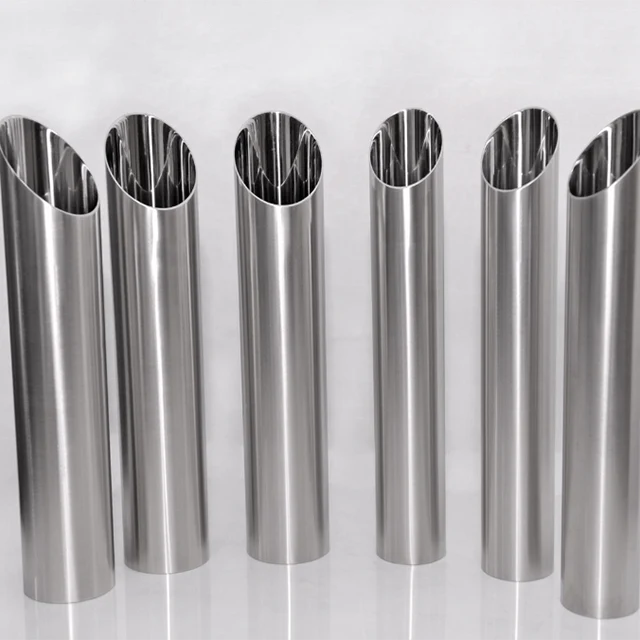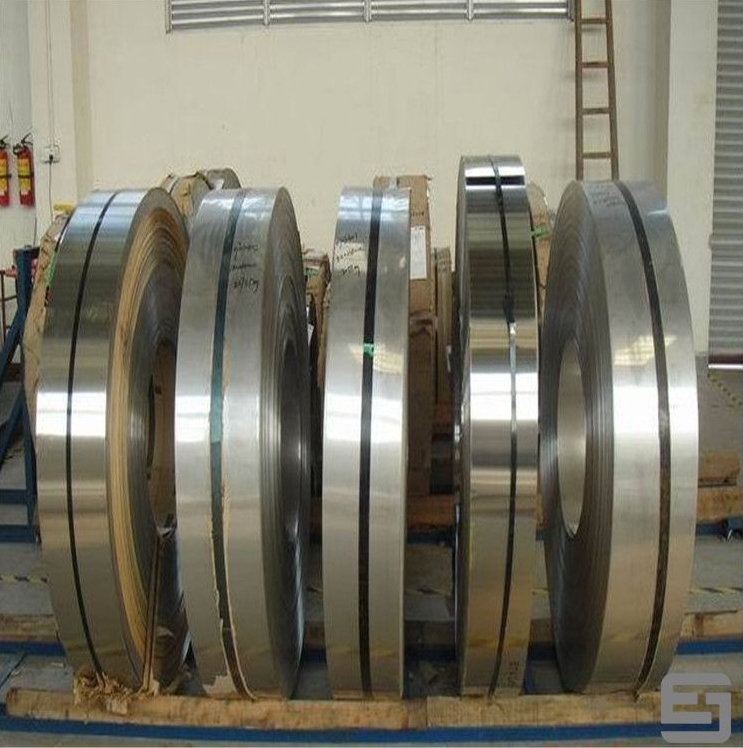Alloy C-276 (Hastelloy C-276): A Comprehensive Guide to Composition, Standards, and Applications
Keywords: Alloy C-276, Hastelloy C-276, Nickel-based superalloy, Corrosion-resistant alloy, ASTM B575, UNS N10276, Chemical processing, High-temperature applications
Introduction
Alloy C-276, commercially known as Hastelloy C-276, is a nickel-chromium-molybdenum-tungsten superalloy renowned for its exceptional resistance to corrosion in aggressive environments. Developed by Haynes International, this alloy is widely used in industries where exposure to harsh chemicals, high temperatures, and oxidizing/reducing conditions is prevalent. This article provides a detailed analysis of Alloy C-276, including its composition, material standards, mechanical properties, and industrial applications.
Material Composition
Alloy C-276 is primarily composed of:
- Nickel (Ni): 54–58% (base element)
- Chromium (Cr): 14.5–16.5%
- Molybdenum (Mo): 15–17%
- Tungsten (W): 3–4.5%
- Iron (Fe): 4–7%
- Cobalt (Co): ≤ 2.5%
- Manganese (Mn): ≤ 1%
- Vanadium (V): ≤ 0.35%
- Silicon (Si): ≤ 0.08%
- Carbon (C): ≤ 0.01%
- Phosphorus (P): ≤ 0.04%
- Sulfur (S): ≤ 0.03%
The high nickel and molybdenum content ensures resistance to pitting, crevice corrosion, and stress-corrosion cracking (SCC), while chromium enhances oxidation resistance.
Material Standards
Alloy C-276 complies with the following international standards:
- ASTM Standards:
- ASTM B575: Plate, sheet, and strip.
- ASTM B574: Rod and bar.
- ASTM B622: Seamless pipe and tube.
- ASTM B619: Welded pipe.
- ASME Standards:
- SB-575, SB-574, SB-622 (equivalent to ASTM standards for pressure vessels).
- UNS Designation: UNS N10276
- EN (European) Standards: EN 2.4819
- ISO Standards: ISO 6208 (for wrought nickel alloys).
Physical and Mechanical Properties
Physical Properties:
- Density: 8.89 g/cm³
- Melting Range: 1325–1370°C (2420–2500°F)
- Thermal Expansion Coefficient: 12.6 μm/m·°C (20–100°C)
- Thermal Conductivity: 10.1 W/m·K (at 100°C)
- Electrical Resistivity: 1.29 μΩ·m
Mechanical Properties (Room Temperature):
- Tensile Strength: 790 MPa (115 ksi)
- Yield Strength (0.2% Offset): 415 MPa (60 ksi)
- Elongation: 50% (in 50 mm gauge length)
- Hardness: 90 HRB (Rockwell B)
At elevated temperatures (up to 600°C/1112°F), Alloy C-276 retains significant strength and oxidation resistance.
Corrosion Resistance
Alloy C-276 excels in environments containing:
- Strong acids: Sulfuric, hydrochloric, phosphoric, and acetic acids.
- Chloride solutions: Resists pitting in seawater and brine.
- Oxidizing agents: Nitric acid, ferric/chromic salts.
- Pollution control systems: Flue gas desulfurization (FGD) scrubbers.
It is particularly resistant to chloride-induced stress corrosion cracking (Cl-SCC), making it ideal for marine and chemical processing applications.
Applications
- Chemical Processing: Reactors, heat exchangers, and piping in sulfuric and hydrochloric acid production.
- Oil & Gas: Downhole components, valves, and umbilicals in sour gas environments.
- Pollution Control: Scrubbers, ducting, and stack liners in FGD systems.
- Pharmaceuticals: Equipment for aggressive solvent handling.
- Marine Engineering: Seawater cooling systems and offshore platforms.
Fabrication and Welding
- Cold Working: Suitable for cold forming but requires annealing to relieve stress.
- Hot Working: Performed at 1150–1230°C (2100–2250°F).
- Welding: Compatible with TIG, MIG, and SAW processes. Use filler metals like ERNiCrMo-4 (AWS A5.14). Post-weld heat treatment is generally unnecessary.
Comparison with Similar Alloys
- Alloy C-22 (UNS N06022): Higher chromium for improved oxidation resistance.
- Alloy 625 (UNS N06625): Lower molybdenum but better high-temperature strength.
- Alloy B-3 (UNS N10675): Optimized for hydrochloric acid resistance.
Conclusion
Alloy C-276 remains a cornerstone material for industries requiring reliability in extreme corrosive and high-temperature environments. Its compliance with ASTM, ASME, and ISO standards ensures global acceptance, while its balanced composition provides unmatched versatility. Engineers and designers continue to prioritize Alloy C-276 for critical applications where failure is not an option.
References
- Haynes International, Hastelloy® C-276 Technical Data Sheet.
- ASTM International, Specification for Nickel Alloy Plate, Sheet, and Strip (ASTM B575).
- ASME Boiler and Pressure Vessel Code, Section II.
This structured overview ensures clarity for professionals seeking technical details while highlighting the alloy’s compliance with global standards and practical utility.







